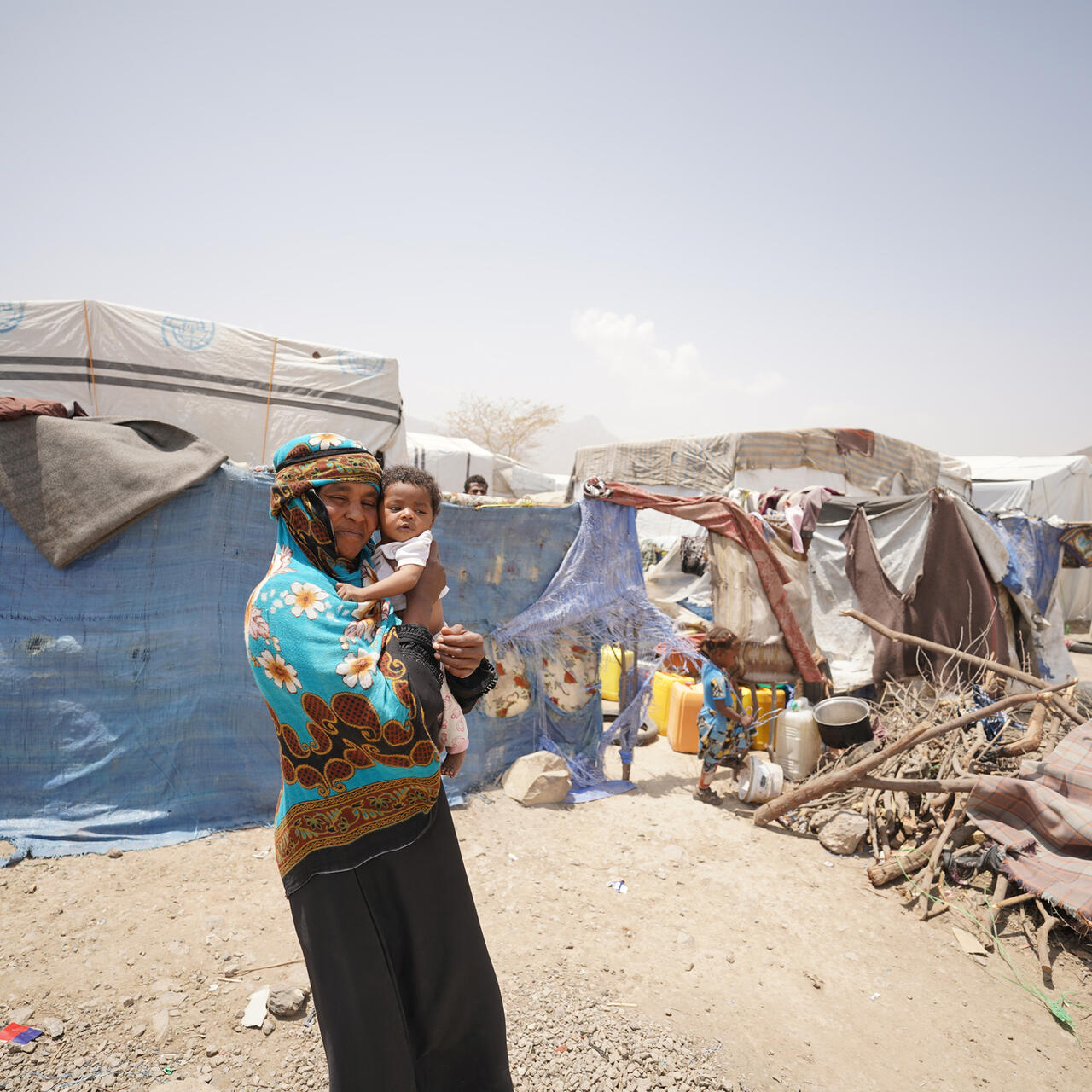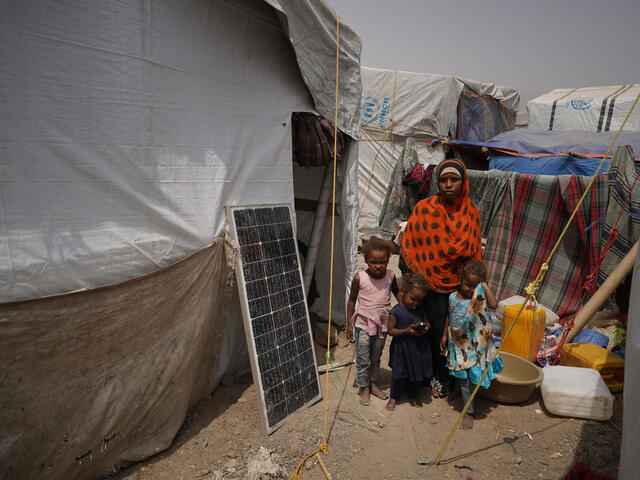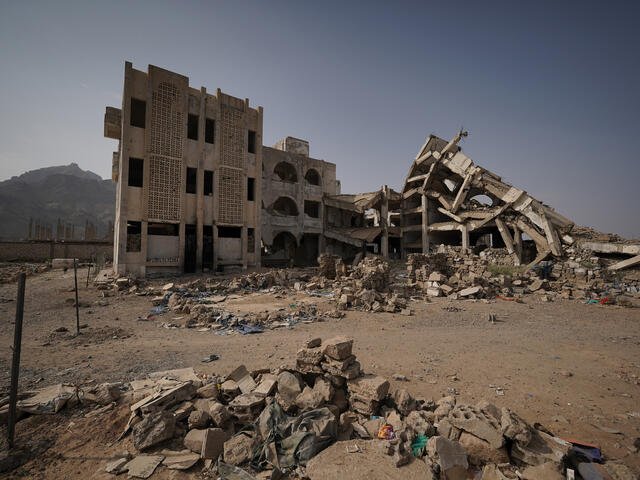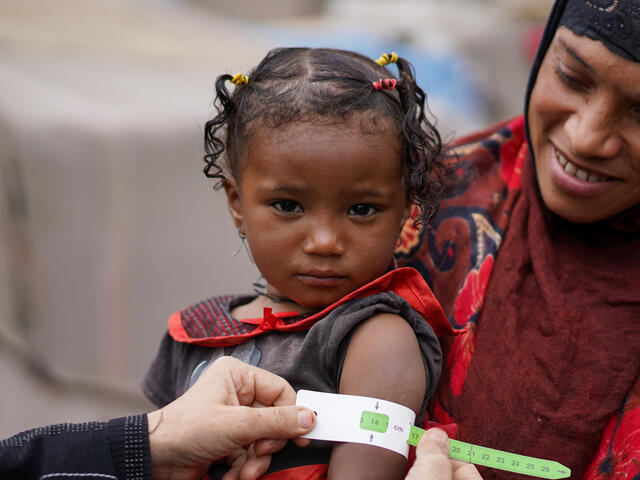
Yemen: Eight years of unresolved conflict deepen economic crisis
Here are four reasons why Yemen remains near the top of the International Rescue Committee's Watchlist of the worst humanitarian crises in 2023.

Here are four reasons why Yemen remains near the top of the International Rescue Committee's Watchlist of the worst humanitarian crises in 2023.
As Yemen enters its ninth year of conflict, the crisis in the country is continuing to deepen. A United Nations brokered ceasefire brought several months of significantly reduced levels of conflict, but the agreement collapsed in October 2022.
Regardless, the truce did little to reverse the consequences of nearly a decade of warfare that has destroyed livelihoods and critical food and health systems. The aid response is continually hampered by insufficient humanitarian funding amid record levels of food insecurity, leaving the country in a highly vulnerable state heading into a possible new phase of conflict.
“Every day you wake up and you find a new price,” says Essam, a 25-year old father in Yemen. “We are living in a war - where do we get the money to afford these prices? One day we have food to eat, and one day we have to sleep on an empty stomach.”

The U.N. first brokered a truce in April 2022, and parties to the conflict extended it three times, reducing fighting to its lowest levels in eight years. But the truce expired in October 2022, putting the country at risk of re-escalation unless a more permanent ceasefire is reached. Moreover, the parties to the conflict continue to constrain humanitarian access, giving Yemen the highest possible rating for humanitarian access constraints, according to ACAPS.

Yemen’s economic collapse has been compounded by the war in Ukraine. Currently, 23% of households have no income, highlighting the systemic impact of protracted conflict.
Moreover, the country’s 1.2 million public employees have been paid irregularly - some not at all - since 2016, undermining critical public services. Currency fluctuation and limited fuel supplies have made food and fuel prohibitively expensive.
The Yemeni rial has devalued to historic lows against the euro and dollar, while 80% of the population live below the poverty line. This means that even basic goods like food, much of which is imported, and services will remain unaffordable for many.
Despite the truce, 17 million people (53% of the assessed population) required food assistance by the end of 2022, with 6.1 million facing emergency levels of food insecurity, where urgent action is required to save lives.
Meanwhile, malnutrition rates among women and children are some of the highest in the world, with 1.3 million pregnant or breastfeeding women and 2.2 million children requiring treatment.
Though Yemen had enough wheat reserves through October 2022, most people couldn’t afford it. Yemen has to import 90% of its food (42% from Ukraine and Russia), exposing the country to high global prices. As wheat runs out, food prices will rise, making it harder still for families.

Yemenis (69% of the population) are in need of humanitarian assistance, up from 20.7 million in 2021, yet the humanitarian response was only 54% funded in 2022. Funding shortages forced the World Food Programme to reduce rations for 13 million Yemenis in June 2022.
Despite the slight improvement in conditions brought about by the ceasefire, humanitarian action remains constrained by road closures as well as funding shortfalls. 40% of school-aged children lack education, and one-third of households access water from unsafe sources, contributing to the spread of water-borne illness.
The IRC has been working in Yemen since 2012 and rapidly scaled up our support in 2015 to address greater humanitarian needs. While the ongoing conflict and restrictions of air and seaports create challenges, the IRC’s in-country 348-person staff and 648 paid volunteers maintain access to affected populations and continue to provide critical healthcare, as well as support for economic empowerment, women’s protection and empowerment, and education.
Donate now to support the IRC's life-changing work in Yemen and worldwide. We are on the frontlines providing critical aid to crisis-affected people in more than 50 countries, including places on the 2023 Emergency Watchlist.
Read more about the top 10 crises the world can’t ignore in 2023, learn how the IRC selected these countries and download the full 2023 Emergency Watchlist report for profiles of all 20 crisis countries on the IRC's list.